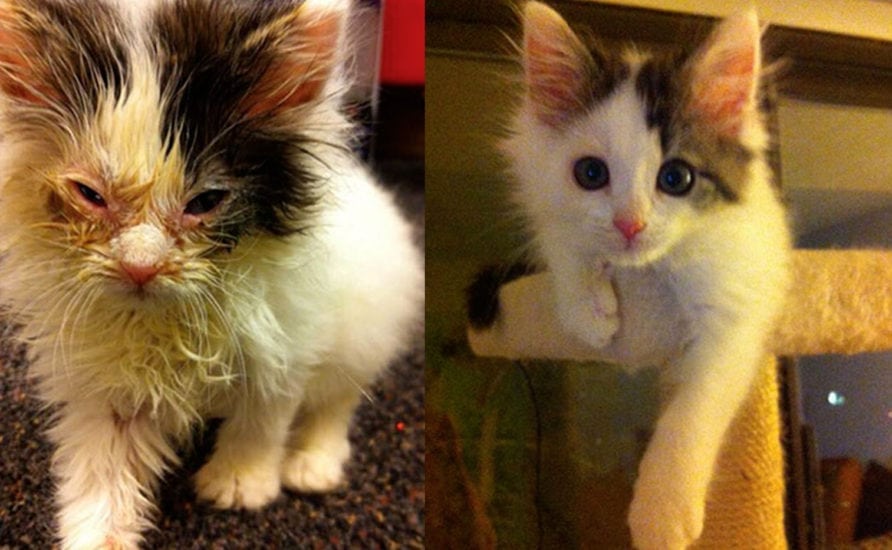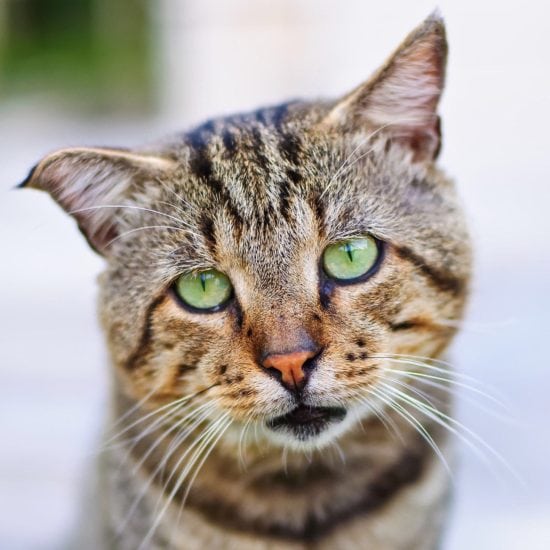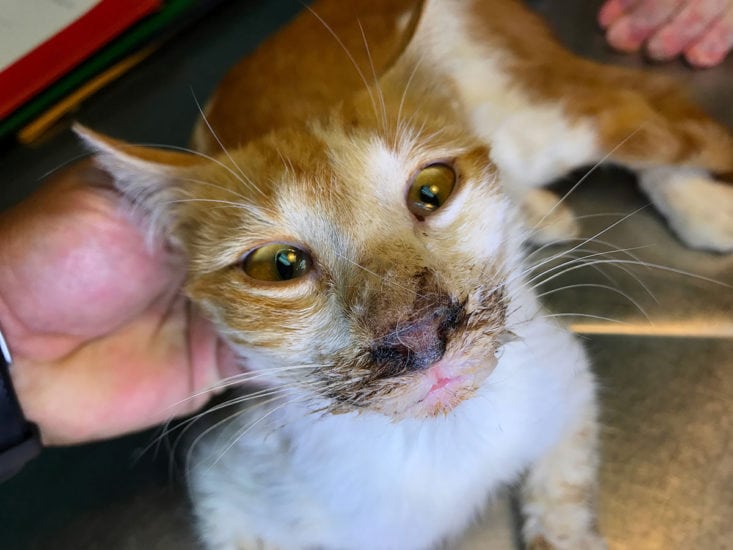
Cat Viral Infections and Their Cures
Cats just like humans are prone to sicknesses. In fact, cats succumb to two cat viral infections that will be discussed shortly. The good news is that there is a cure.

These two common viral infections are Feline Herpes 1 virus known as rhinotracheitis virus and infection with the organisms called Chlamydia psittaci and mycoplasma.
When a cat is infected, they will experience a fever, have weepy eyes, a crusty nose and sneeze a lot. This can go away with or without treatment but this can come back.
When this happens, the condition is called Feline Keratoconjunctivitis the virus settles in the nerves around their face. Corneal scars can be seen to a little over a centimeter in diameter. This makes it hard for the cat to see and it usually happens due to stresses associated with boarding, weather change, a new pet in the house or as mentioned earlier other diseases.
Things are going to get worse as the outer coating of the cornea will be lost to the invading virus. Secondary bacterial and mycoplasmal infection of these areas may cause deep ulcers around the eye and in some cases damage the surrounding areas as well.

Fortunately, this can be treated using an amino acid called–lysine by reducing the amount of another amino acid called arginine that is present in the cat’s body. The vet will prescribe a dosage between 200 to 500 mg per day and sprinkled into their food. There are different brands available and when you look for one, make sure it is glycol free.
You can also try topical antibiotics that have also proven to be effective but they are only designed to quell secondary bacterial invaders.
Another option is for you to use topical anti-virals that are designed to directly fight the virus. Some examples of these include Herplex (idoxuridine), Viroptic (trifluorothymidine, and Vira-A (vidarabine). These medications are relatively expensive and have to be given 5 times a day. Only when the cornea is indeed infection should this be given.
Something more affordable than the topical anti-virals is an oral solution called Oral Interferon. Although it has never been scientifically proven to treat cat viral infections, cat owners that have used this have claimed that it does shorten the length of the infection. The best part is that there are no known side effects so you don’t lose anything by trying it.
Vaccines seem to be the best way to prevent these diseases from happening. Ideally, this should be given to a cat during their 9th, 12th and 14th week of age. It should be administered using a 25 gauge needle on the anterior side of a rear leg and massaged afterwards to prevent tumors from forming in the injection sites.

There are other eye infections that mimic what was just mentioned. One example is eosinophilic conjunctivitis. So before any medication can be given, the vet will first have to do a test to make sure that the proper medication is given.
This is known as PCR or the Polymerase Chain Reaction test. It is a DNA test that amplifies the presence of viral DNA so that even one single virus can be detected in a sample from a conjunctival swab.
Cat viral infections are common among kittens but they can be prevented and cured. You have to know first which one you are dealing with so the proper medication can be given. For more information about them, do some research online and go talk to your vet.
Read More: The Importance of Pet Vaccinations
MORE ARTICLES
© My Awesome Cat
